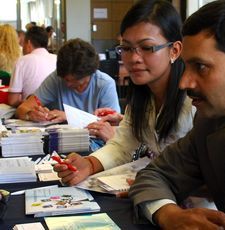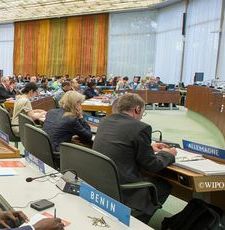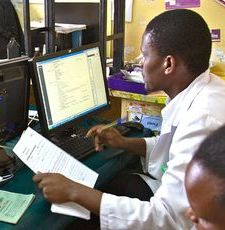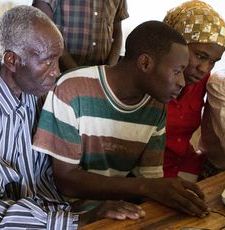Requirements: must upgrade to latest OJS (at least 2.4.3) - ALM plugin is already built in! For ALMs, the journals must assign DOIs (this is not required to show download stats).
And PKP has a new partnership with CrossRef and a new plugin that makes this easier in OJS 2.4.5: https://pkp.sfu.ca/crossref/.
If you are interested:
- upgrade to OJS 2.4.5 (2.4.3 OK, but 2.4.5 better);
- if you want to collect ALMs, set up your DOIs in OJS (preferably to automatic deposit, see details: https://pkp.sfu.ca/crossref/);
- go to (pkp-alm.lib.sfu.ca) and create an account (try to login, you’ll be redirected to Mozilla Persona Sign-on);
- enter your API key into the Plugin Settings page;
- email (juan@alperin.ca) with: the URL to your journal, your DOI prefix.
During the webinar there was some good news from Martin - in the forthcoming version of Lagotto DOIs won't be required. There was also good news from Juan Pablo: as a CrossRef Sponsoring Entity, PKP can also act as sponsor and representative for other journals to join CrossRef through PKP. Journals from low-income countries may be eligible for sponsorship, allowing these journals to become CrossRef members and deposit DOIs into the CrossRef system at no cost. You will find a list of eligible countries on the project page.
The following EIFL partner countries are eligible: Cambodia, Cameroon, Ethiopia, Kenya, Kyrgyz Republic, LAO PDR, Malawi, Mali, Myanmar, Nepal, Senegal, Sudan, Tanzania, Uganda, Zambia and Zimbabwe.
WATCH THE WEBINAR NOW
- View the full webinar recording instantpresenter here









